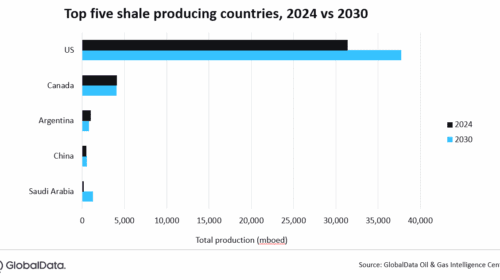Optimizing trommel screens for efficient resource recovery in renewable energy processes
As the world is moving toward renewable and sustainable energy sources, efficient resource recovery plays an important role when it comes to maximizing energy production efficiency and minimizing waste. Because of that, the need for effective techniques and equipment is imminent. One such equipment that contributes significantly to this objective is the trommel screen. It is a mechanical screening machine used primarily in recycling and sorting waste and efficient resource recovery. The article will discuss the role of improving resource recovery and the importance of optimizing trommel screens in terms of renewable energy processes.
What is a trommel screen?
Trommel screens, also called rotary drum screens, form an important part of equipment used in the recycling industry. This machine consists of several parts: a rotating cylindrical drum (found at the feed end and elevated), sealing cover, motor, screen frame and reduction unit. Trommel screen offers an economical, simple and efficient solution screen or separates different materials. It has one of the highest separation precision and separates particles based on size. The arrangement of holes on the mesh is from small to large, maintaining the same home diameter in each mesh.
Materials are fed into the rotating drum and subjected to a series of screening mesh to initiate the process. As the drum rotates, separation occurs based on particle sizes. The screening process helps to separate recyclable material from the waste stream and prepare further screening for organic materials. Some of the common things you can do with a trommel screen include segregating construction and demolition, creation of refused and derived fuel, managing solid waste and refining mulch and compost.
Trommel screen: applications
Trommel screens are a widely used mechanical screening device in material separation and classification.
Waste management
In the waste management industry, rotary screens are used to sort Municipal Solid Waste, which in turn facilitates organic and recyclable material extraction from the waste stream. This is an important process that helps reduce landfills and improve waste processing efficiency.
Renewable energy
Renewable plants take advantage of the trommel screen to improve the process of producing Refuse Derived Fuel (RDF). It works by isolating combustion and non-combustion components from the waste in a cleaner and more efficient waste conversion process to energy.
Construction and Demolition
In the C & D (Construction and demolition) industry, trommel screens are used to segregate valuable materials (which can be reused and recycled) like wood, plastics and metals from debris. This aids in minimizing the environmental consequences of construction processes and improves the recovery of recyclable materials.
How to optimize trommel screens in renewable energy processes
Trommel screens are flexible in design, allowing a certain degree of customization to meet the required operational objectives.
Taking advantage of latest technology
Technology like NIR (Near-infrared) can come in handy when identifying and sorting materials in terms of their composition. NIR can improve the precision of resource recovery. The same technology integrated into trommel screens can enhance the machine’s efficiency while screening renewable energy. Near-infrared technology with machine learning algorithms can continuously improve sorting accuracy.
Drum design and variable speed
Trommel screens can be optimized by adjusting drum speed for different materials and processes. Slower rotations are suitable for larger and solid items, while faster speeds are effective with smaller particles. On the other hand, state-of-the-art and innovative drum designs can improve sorting by ensuring thorough separation and preventing clogging. Drum designs can take advantage of different shapes like octagonal or hexagonal perforations.
Modular trommel systems
Designing trommel screens using modular components can enhance adaptability and flexibility. This will help when it comes to customization of the screens based on the renewable energy facility’s requirements. Modular systems will ensure trommel screens are operating at peak performance in terms of upgrades and maintenance.
Importance of optimizing trommel screens
Save cost
Trommel screens that work effectively during the resource recovery process can result in cost-saving processes for renewable energy facilities. Recovered materials can be sold and reused, creating an economic income from what was once waste.
Increase renewable resource recovery rate
Trommel screens will be operating at optimal efficiency in the recovery and sorting of resources from the waste stream. Because of that, it will take less time to get the desired material from waste. Also, this will reduce over-dependence on virgin renewable energy.
Reduce environmental consequences
Environmental impacts associated with renewable energy processes will be reduced when resource recovery is maximized or optimized. Reduced waste generation is an eco-friendly solution to energy production. Optimized material utilization can contribute to the creation of a more sustainable production.
Contribute to economy
Optimizing trommel screens can be important in promoting a circular economy since materials will be reused and recycled. This will contribute to the greater goal of environmental conservation and sustainability.
Takeaway
Optimization of trommel screens tends to be important as the world moves toward renewable energy to ensure efficient resource recovery processes. Trommel screens can work on maximum potential through different methods of optimization, like incorporating modular designs, using advanced technology and innovative strategies. This, in return, can lead to more sustainable and safe energy production processes. More energy industries are leaning toward these optimization ideas to improve resource recovery, build a better economy, positively impact the environment and have a greener future.











